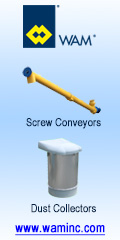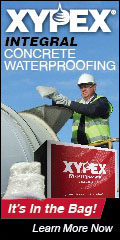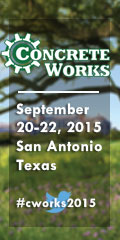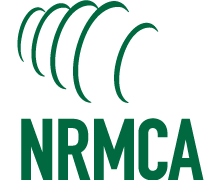
| Archive | nrmca.org | E-Store | Conferences & Events | Certifications | InFocus | Membership Directory |
Apartment Tenants Want Quiet: Concrete to the Rescue If you spend any time on apartment living blogs you will find out what tenants want – and what they complain about. As you might expect, the first item on the tenants’ wish list is quiet. The multi-family housing industry knows this all too well and has come up with a variety of ways to address this concern. Now, many of us have spent a sleepless night or two in hotel rooms directly next to a runway or freeway or for that matter adjacent to a noisy neighbor. A noisy air conditioning unit might go a long way toward drowning out outside noise. The challenge for hotel guests is not altogether different from that affecting people looking for an apartment. Once a building is finished it is difficult to know how it was built. Most of these buildings look similar from the outside. But real beauty – in terms of what’s on the inside - is clearly more than skin deep, notes NRMCA Senior Director, Building Innovations, Gregg Lewis.
There are minimum code requirements for noise in multi-family construction referred to as the sound transmission class (STC) of various construction types. STC ratings in the real world regularly fall short of this minimum. They also typically fall short of the results found in a testing lab. There are a wide variety of ways that sound can travel through wall and floors whose assemblies leave numerous paths of travel for unwanted noise.
As part of a new market research and outreach program, NRMCA has contacted numerous developers around the country. One of these developers indicated that noise issues result in the number one lawsuit facing condominium developers in Florida and the number one complaint from renters. The problem has become so significant and widespread that developers are shifting their focus from condominiums toward multi-family apartment buildings where the legal frameworks are less risky and therefore less likely to result in financial penalties. The cost and inconvenience to fix a sound transmission problem is far greater than getting it right in the first place. Wood frame systems with sound attenuating drywall – when built correctly in the lab – are shown to meet the minimum standard for sound transmission. The reality is that both interior and exterior walls don’t perform to the same level as they do when carefully constructed in a lab. The result is complaints and in worst case scenarios – lawsuits. One leasing agent - who was already facing tenant complaints about noise in $3,000 a month apartments at a new development in Cambridge, MA - left us with this request: "Please get them to build with concrete."
For more information, contact Gregg Lewis at glewis@nrmca.org. |
|
|








